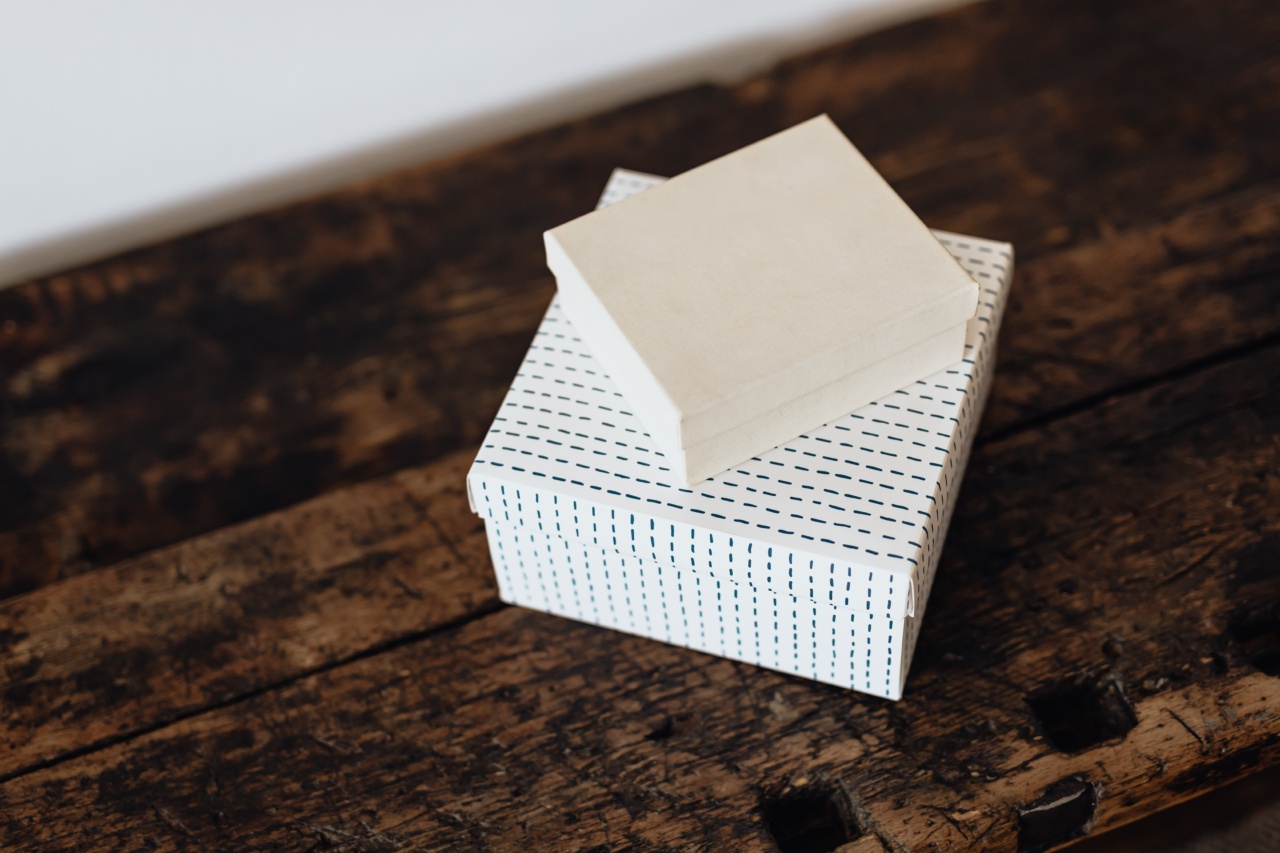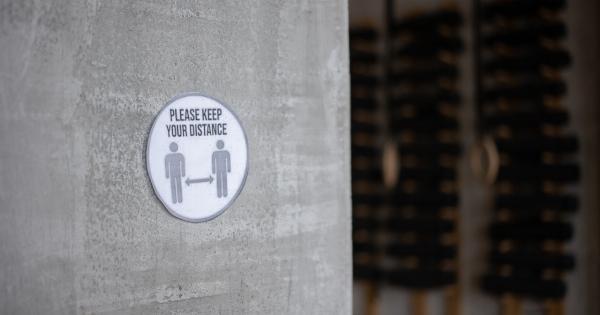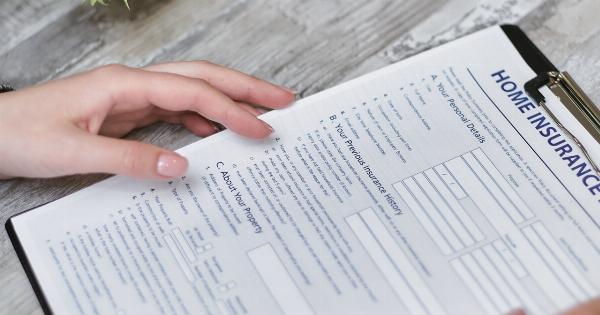Home insurance is one of the most critical investments you can make as a homeowner. It protects your home, personal property, and liability against losses caused by various perils.
Since no one ever anticipates a disaster, it’s imperative to have the right home insurance policy in place. However, purchasing coverage isn’t enough; you have to keep your coverage intact to reap its benefits. In this article, we will share 11 things you must do to keep your coverage.
1. Review Your Policy
The first step you should take to ensure your coverage remains valid is by reviewing your policy regularly. Reviewing your policy gives you a chance to check for any loopholes that could leave you exposed.
Verify that everything in your policy is accurate, including your home’s details, coverage limits, and deductibles. It will also help if you get a copy of your policy, so you know precisely what’s covered and what’s not.
2. Pay Your Premiums Timely
Policyholders usually pay their premiums annually, semi-annually, or monthly. Ensure that you pay your premiums in full and on time, failing which your coverage could be canceled or non-renewed.
Set reminders, automate payments, or use mobile apps to track your payments. Failure to pay premiums can also lead to your policy being subject to a lapse, which could lead to higher premiums and reduce your coverage level.
3. Make Updates to Your Policy
Life changes, and so should your home insurance policy. Notify your insurer if you make any significant changes to your home or lifestyle. If you remodel your home, add a pool, or get a new pet, update your policy to reflect these changes.
Depending on the changes made, you may need to increase your coverage limits or change your deductible. This prevents gaps in coverage and ensures your policy remains up-to-date.
4. Keep a Home Inventory
An accurate home inventory can save you a lot of trouble in case of a loss. Create a list of all your possessions, including their description, purchase date, receipts, and costs. Store the list, preferably digitally, in a safe place like the cloud.
This helps you file a claim easily, as you have documented proof of ownership and value of items that were lost or destroyed.
5. Install Safety Devices
Installing safety devices such as smoke detectors, burglar alarms, and carbon monoxide detectors can reduce your insurance premiums, and keep you and your loved ones safe.
Make sure the devices are up-to-date, functioning, and connected to emergency services if necessary. This reduces the likelihood of an accident happening in your home, and it shows your insurer that you are a responsible homeowner.
6. Don’t File Small Claims
It’s tempting to file claims for every loss, even minor ones. However, filing frequent small claims can increase your premiums and make the insurer wary of you. Some insurance companies may even deny you coverage if you file too many.
Instead, consider paying for small losses out of pocket and only filing claims for significant losses that you cannot afford to pay for.
7. Know Your Policy Limits
Home insurance policies have limits that define the maximum amount your insurer will pay for a covered loss. Ensure you know your policy limits, so you don’t have to foot the bill yourself.
Some policies may also have sub-limits or exclusions, which limit the amount you can claim for certain items like jewelry or electronics. Be aware of this and consider getting additional coverage if necessary.
8. Understand Your Deductibles
Deductibles are the amount you have to pay out of pocket before your insurer steps in to cover the remaining cost of a loss. Higher deductibles usually mean lower premiums, while lower deductibles mean higher premiums.
Ensure that you understand your deductibles and can afford to pay them if necessary. If you can’t afford to pay the deductible, consider raising your premiums to lower the deductible.
9. Work with Reputable Contractors
If you need repairs or renovations, ensure you work with reputable contractors. Hiring fly-by-night contractors who don’t have insurance can leave you exposed, in case something goes wrong.
They may also use substandard materials or techniques that could lead to problems down the line. Before hiring a contractor, ask for references, get multiple bids, and ensure they have the proper licenses and insurance.
10. Communicate With Your Insurer
If you have any questions about your policy coverage or changes you want to make, don’t hesitate to contact your insurer. They can provide guidance on what you need to do to ensure your insurance remains valid.
They can also provide insights on optional coverage you can add to your policy, which may be beneficial to you.
11. Shop Around for Better Rates
Finally, it never hurts to shop around for better rates. Insurance companies are constantly competing for business, and you may be able to find a better deal elsewhere.
Ensure that you compare apples to apples, meaning you compare similar coverage limits and deductibles. Consider the insurer’s reputation, financial stability, and customer service before making a decision.
Conclusion
Keeping your home insurance coverage intact requires effort on your part, but it’s worth it. Follow these tips to ensure you don’t have to foot the bill for losses that your insurance policy could have covered.
Create an inventory, update your policy, install safety devices, be careful when filing claims, and work with reputable contractors. Finally, shop around for better rates and adjust your policy as needed to stay protected. Doing this ensures that your home remains your safe haven, no matter what.




















